I`ve got a capacitive vibration probe whose base capacitance may vary from 4 to 10 pF due to manufacturing/installation tolerances, whereas vibrations it detects can only alter its capacitance in sub-pF range.
To translate capacitance into voltage I`m using an LC oscillator, since the probe is so constructed that one of its sides must be grounded and also the circuit must be insensitive to EMI. As a consequence, RC oscillators and capacitance to digital converters cannot be used.
The problem is, I want to get as little phase noise as possible with a lossy probe. I`ve got decent results with Vackář and Lampkin topologies but I want to go further. I`ve found an active Q-enhancement technique for inductors (see here) but I need to enhance the Q of the capacitor, not the inductor.
I`ve also found out that coupled resonators can reduce phase noise (see here) but I seem to be unable to find any examples of practical oscillators with coupled LC resonators except for the microstrip ones. I`ve made an attempt to design an oscillator with coupled LC resonators using this technique but it turned out to require relatively high value capacitors while I need to keep Δf/ΔC ratio as high as possible, so that didn`t work either.
Please help.
